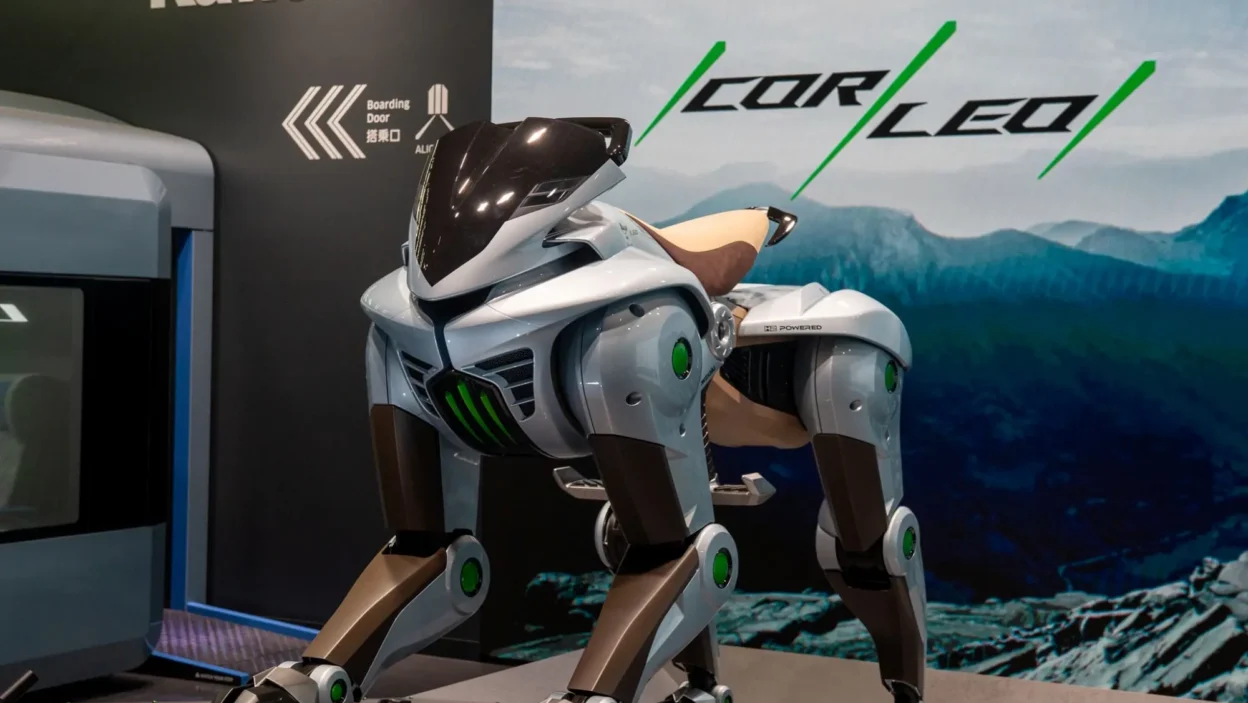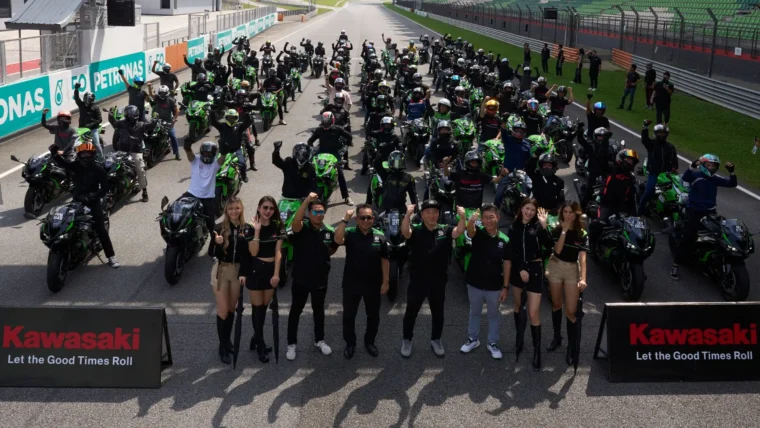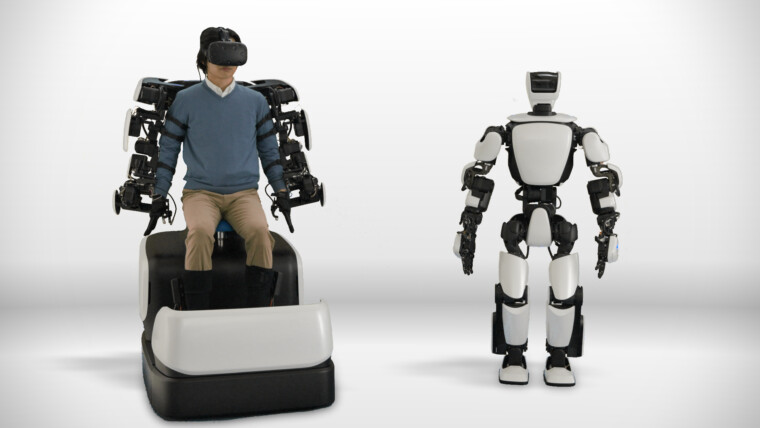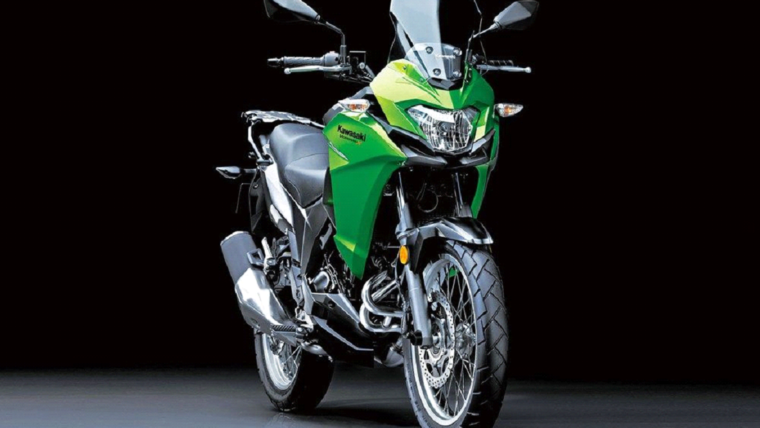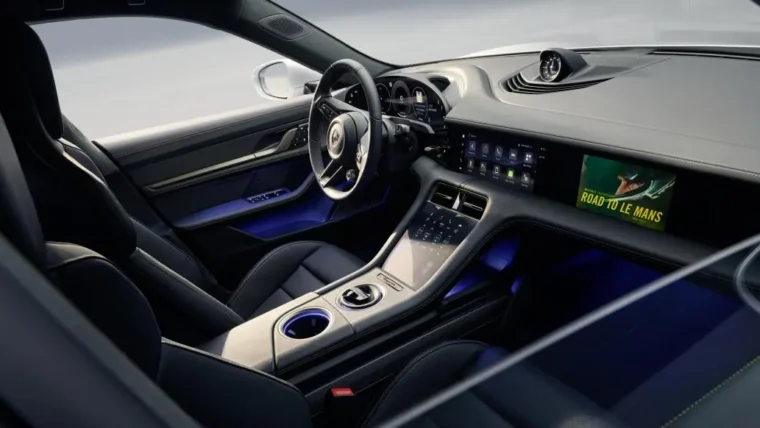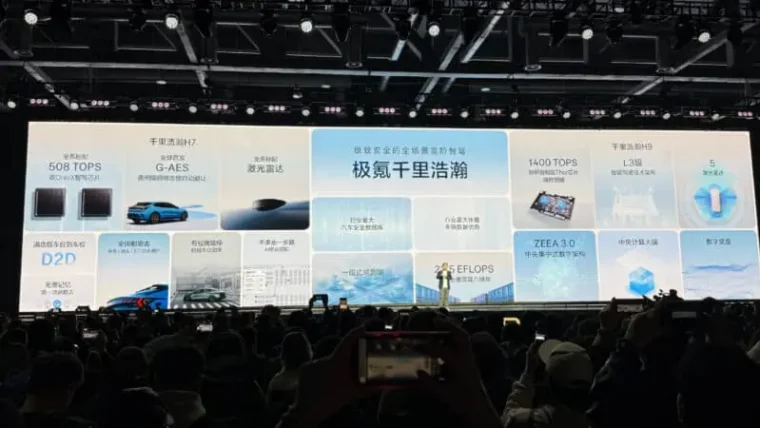While the world races toward electric vehicles, Kawasaki Heavy Industries is taking a bold—and wildly creative—detour. Meet Corleo, a hydrogen-powered, four-legged robotic ride straight out of a sci-fi Western. Think horseback riding, but make it 2050.
Unveiled during a preview event for the upcoming Osaka-Kansai Expo 2025, Corleo is a striking fusion of old-school charm and futuristic tech. With its four mechanical legs, it doesn’t just roll over terrain—it strides, climbs, and hops its way across it. Each limb moves independently and is packed with AI, letting Corleo handle tricky terrain like a mountain goat on steroids.
Inspired by agile animals like panthers and deer, Corleo moves with an almost eerie grace. But make no mistake: this thing is built to be ridden like a horse. According to Kawasaki, it’s beginner-friendly, stable, and rugged enough for off-road adventures.
Under the hood—well, under the sleek, bike-inspired bodywork—is a 150cc hydrogen engine that powers its limbs with clean energy. Yep, no emissions here. This futuristic steed also features built-in lights for all-weather travel and a minimalist design influenced by Kawasaki’s iconic motorcycles.
So how do you control this robo-beast? Forget reins or joysticks. Corleo responds to the rider’s body movements. Lean forward, and it speeds up. Shift your weight, and it adjusts direction. It’s all about real-time feedback, and the heads-up display (HUD) keeps you in the loop on hydrogen levels, terrain status, and balance—just like a dashboard from a sci-fi film.
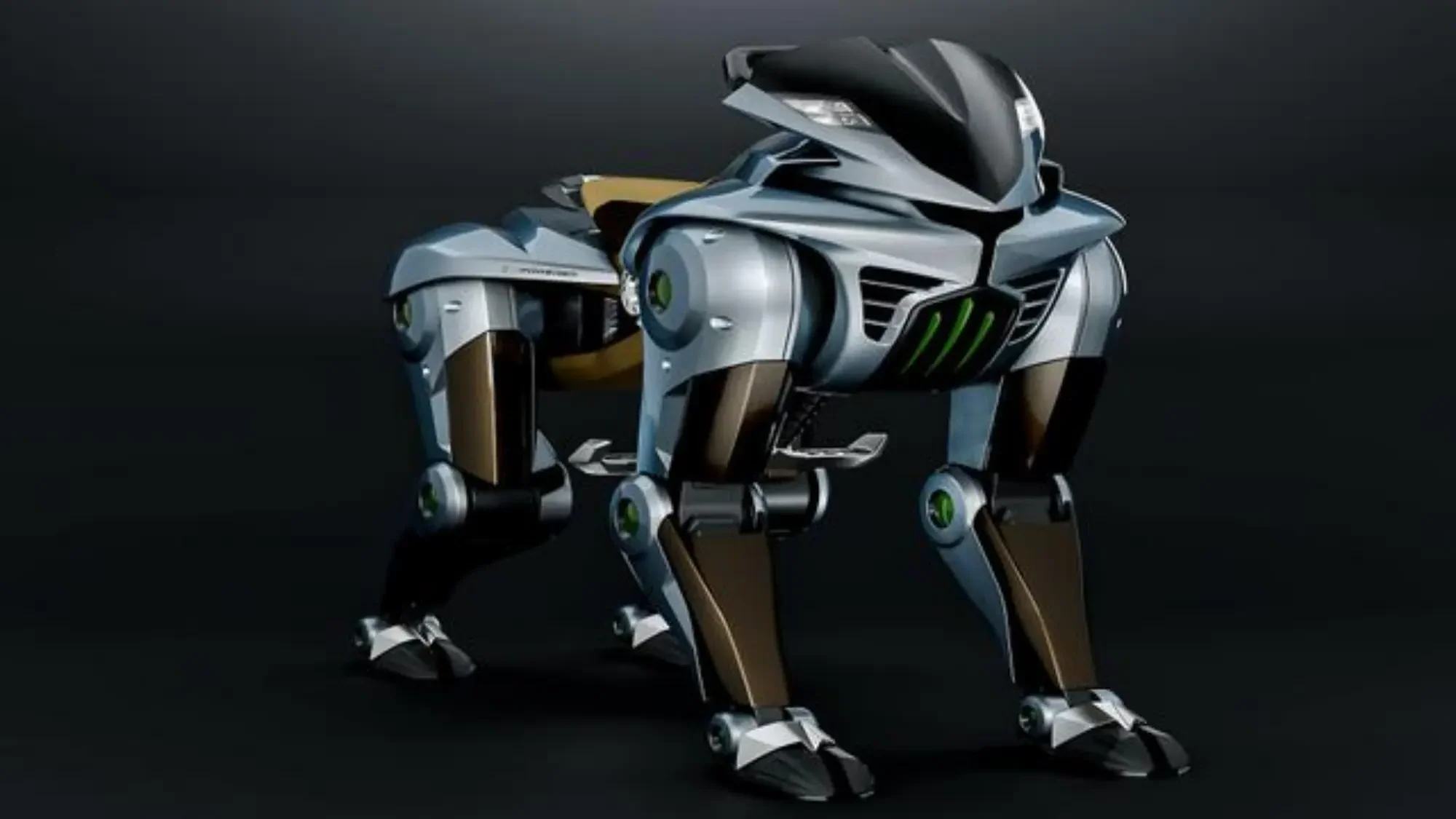
Its rubber “hooves” offer extra grip on both soft soil and rocky paths, and yes, it can jump. How high? How fast? We don’t know yet—Kawasaki’s keeping those stats under wraps for now.
Corleo is still a concept, so specs like speed, range, and full performance are TBD. But Kawasaki has big dreams for this robotic companion, aiming for a commercial release by 2050.
Until then, Corleo is a wild reminder that the future of mobility isn’t just about wheels and batteries—it’s also about imagination.
(Source: Robotics and Automotive News, Interesting Engineering)
Other posts by Keran

